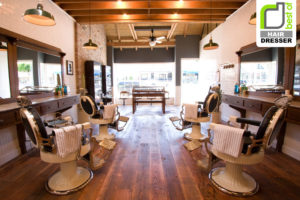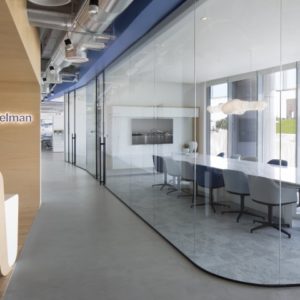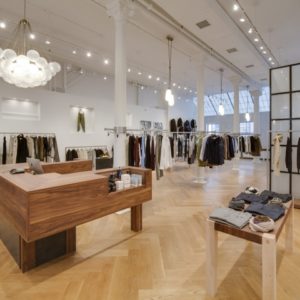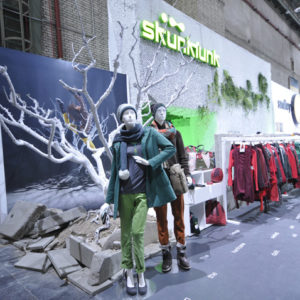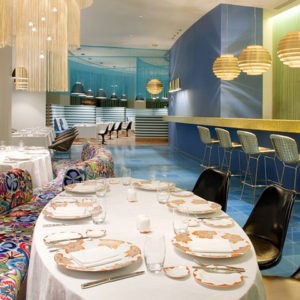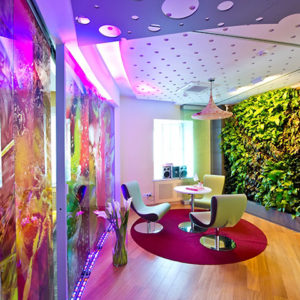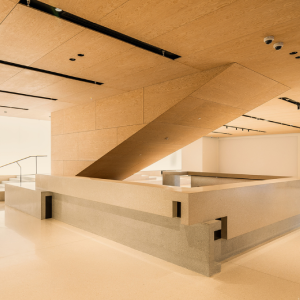
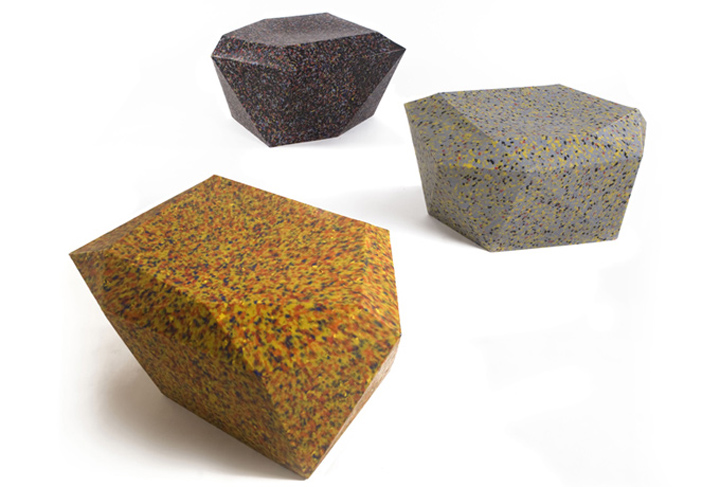

Plastic waste obtained from electronic devices, toys, drink trays, stadium seats, etc, etc. is used in very few end products due to the complexity of separating the various categories, leading only to generate poorly esthetic products. The Rotomoulded technique, with its beauty and simplicity, allows this to take over, transforming the result in a different, identifiable real object. What you get are beautiful, durable and new conceptually pieces.

This language is increasingly requested and welcomed around the world: reuse and sustainability. Recycling. This process is 100% applicable to other exclusive products or completely massive as: urban furniture, shopping mall furniture, home furniture, terrace, etc..
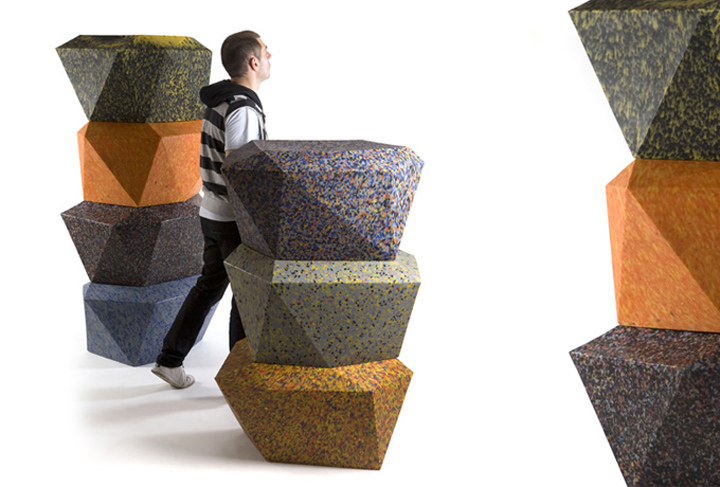
The product is completely sustainable, even when reaching the end of its lifetime , it can be re-crushed and re-rotomoulded to form a new object. Such processes allow a massive use of plastic waste, allowing the recycling and sustainability concepts be successful and not becoming only a trend. Two out of five pieces of this year’s total project are being presented today. Year 2010 plan is to develop a similar or even larger quantity. Actually, Companies´or town councils´ orders for new or custom made pieces are infinitely.

The line was designed for Fahneu, an urban equipment company in Santiago de Chile. The production, decisive for lower costs and energy saving. An important factor to determine the technical feasibility, speed and optimization of the financial and material resources is also the world of production. For this, the moulds were designed to use less energy, materials and eventual costs, coupled with ease of its construction.

We worked at the time of designing of the moulds with the concept of building volumes with flat faces only. That is, irregular polygons forming a three dimensional structure. This was made possible by straight cuts made in a sphere with flat surfaces. Result: an irregular polyhedron built with irregular polygons. Almost like the image of our ancestors sculpting an arrowhead with another stone.
Designed by Rodrigo Alonso




